- The IUCN Red List of Threatened Species
- Established in 1964, the IUCN Red List of Threatened Species has evolved to become the world's most comprehensive information source on the global conservation status of animal, fungi and plant species.
There are about 44,000 endangered species on Earth. As human territory expands on Earth and climate change worsens, many creatures are losing their habitats and facing extinction. If you are interested in endangered species, you might have heard of the site I'm about to introduce.

IUCN
Established in 1948 with the support of the UN, the International Union for Conservation of Nature (IUCN) compiles the Red List, a list of endangered species. It assesses the risk level of endangered species, collects data on their population, habitats, and other information, and conducts research.
Thanks to the IUCN's Red List, a vast amount of data on endangered species is managed systematically. One of the roles of the Red List is to categorize endangered species by risk level and provide a priority order for species that need protection.
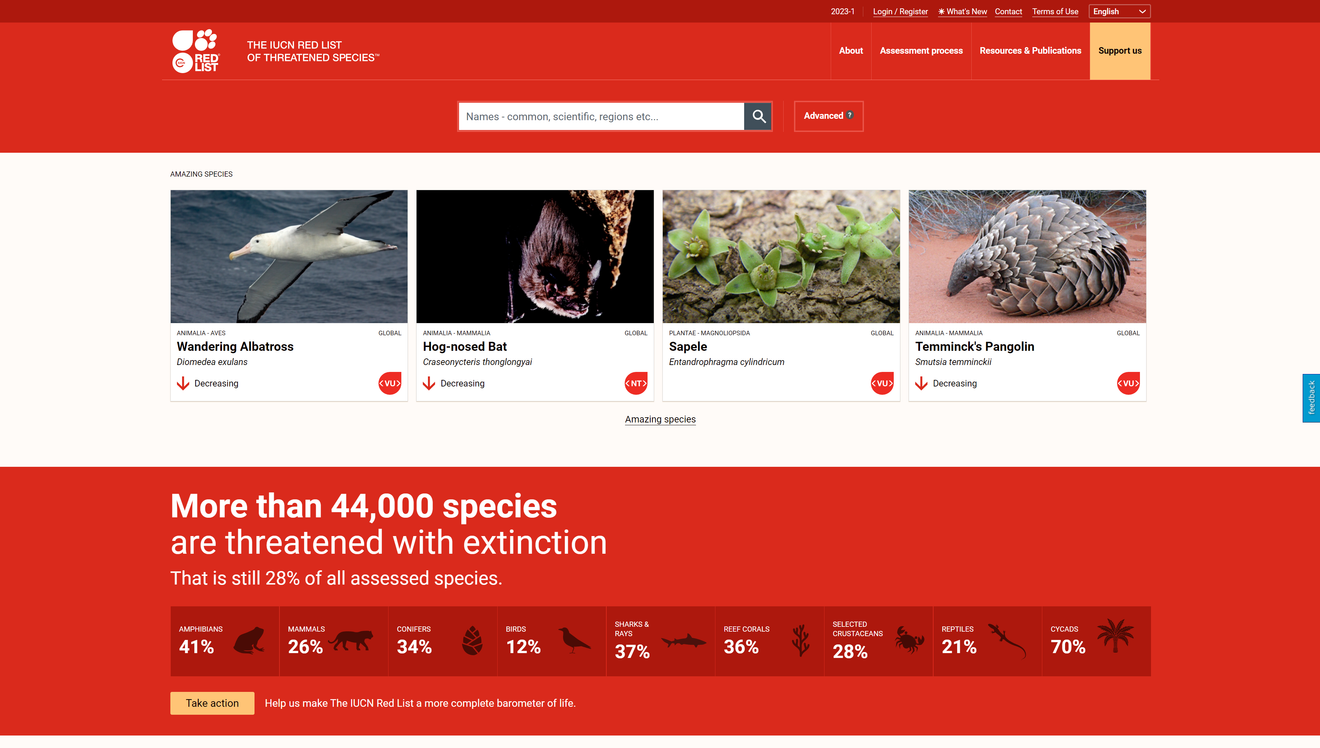
IUCN
As the name suggests, the Red List website uses red as its theme to convey the severity of the extinction crisis. The homepage displays four randomly selected endangered species. You can search for a species name in the search bar at the top center to find out whether it is endangered or not. The site supports four languages (English, Japanese, French, and Spanish), and you need to use the site's language when searching. If you go to the species' detailed page, you can use Google Translate to view the information in various languages other than the four supported languages.
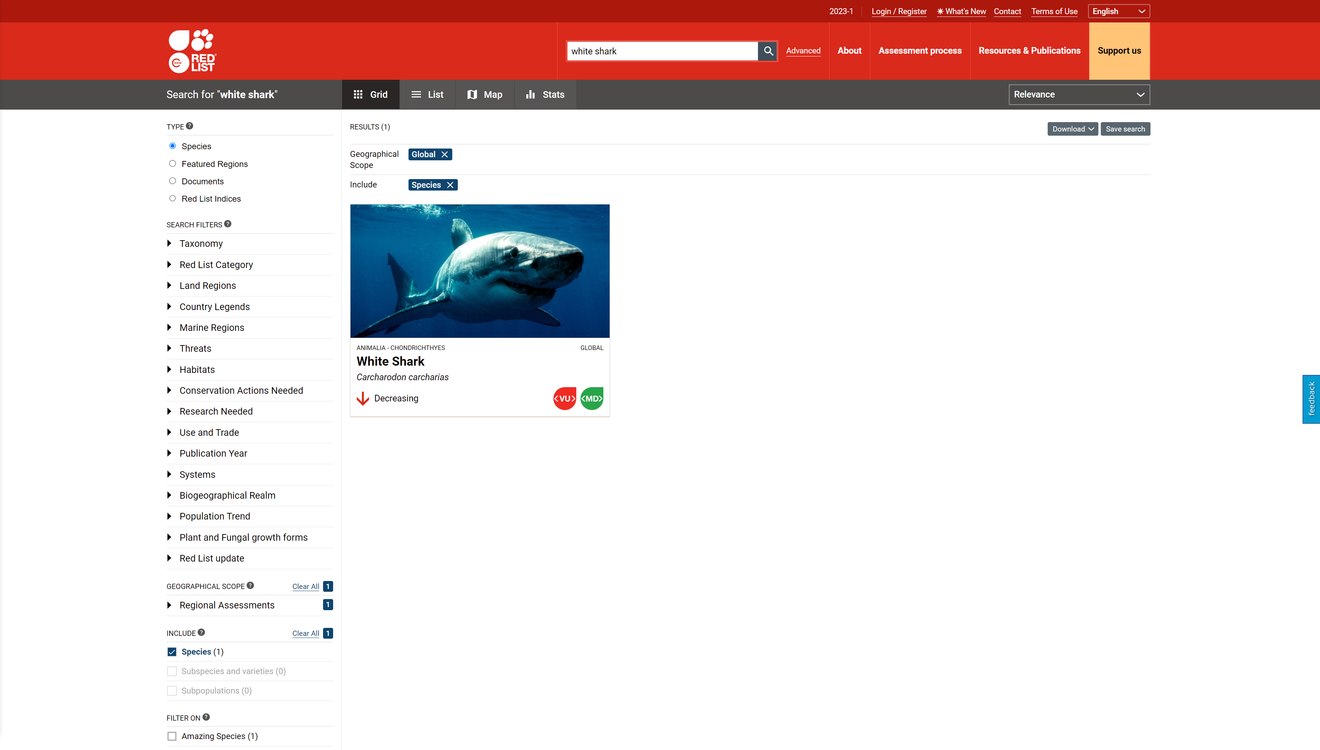
IUCN
You can also apply search filters on the left side. There are various categories, such as endangered species status, habitat, threats, and so on, so you can easily find the information you need.
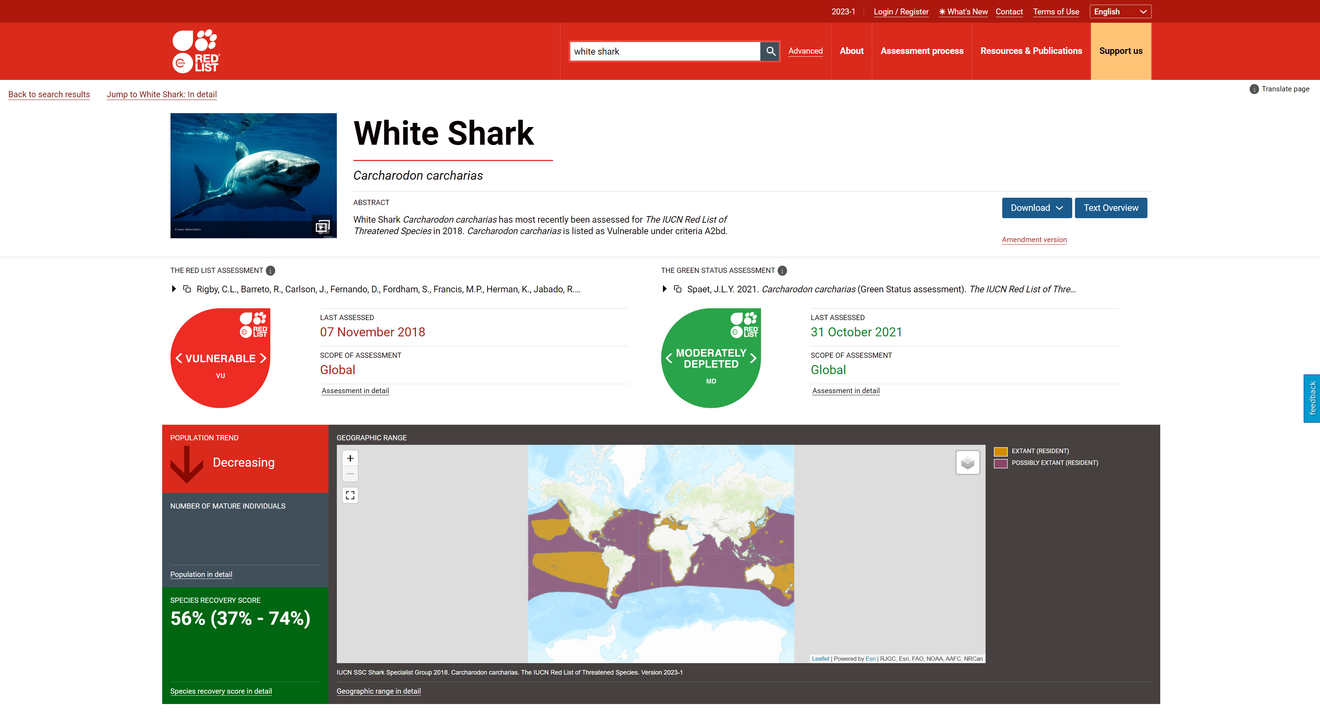
IUCN
After searching and clicking on an endangered species, you can obtain detailed information related to its endangered status, including its endangered species status. It shows on a map where the species is found and also displays the population trend and estimated population size. For example, when I searched for the great white shark, it showed that it is categorized as Vulnerable (VU) and has an MD Green Status Assessment.
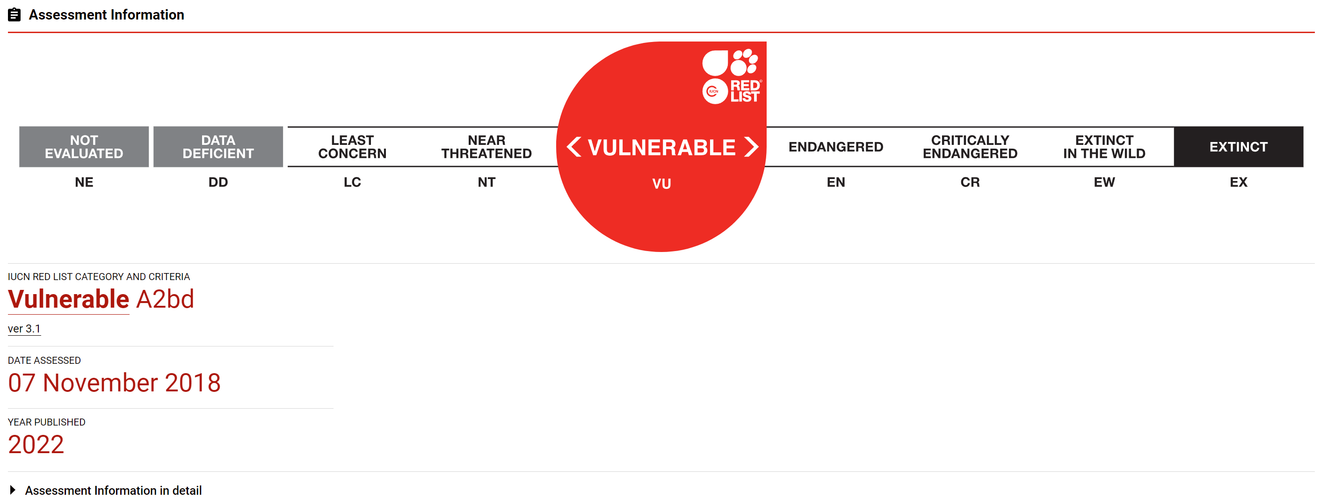
IUCN
The endangered species status, indicated in red, is divided into nine levels. Most endangered species are assigned a status from CR to LC. The CR status means that a species is facing an extremely high risk of extinction in the wild, the EN status means that the species is highly likely to become extinct in the near future, and the VU status means that the species is likely to become extinct within months or years. The NT status indicates that the species is vulnerable but not yet considered to be facing a serious extinction threat, and the LC status is assigned to species that require attention.
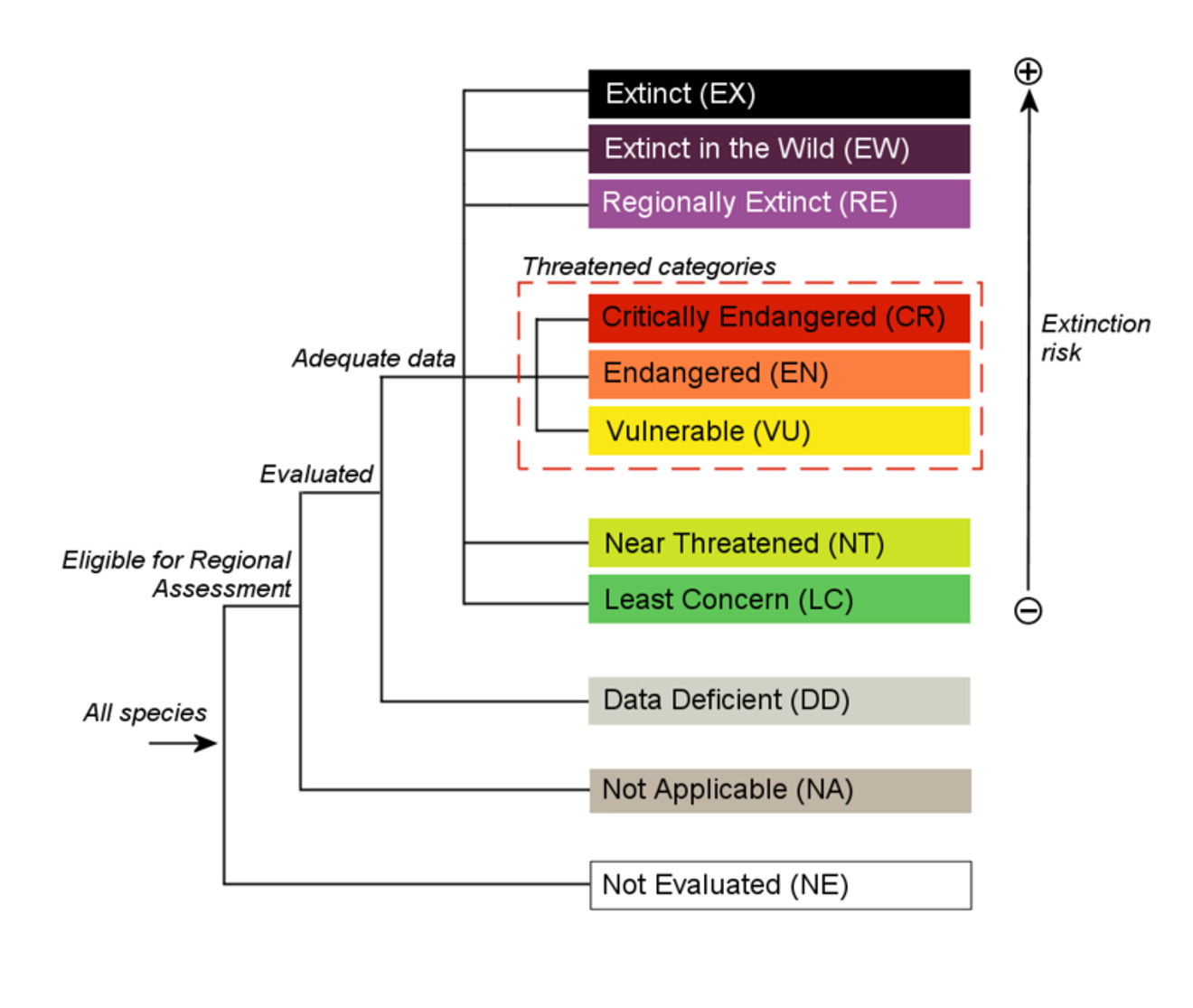
IUCN
There are five main criteria used to determine this status, including the extent to which the population has decreased, how the habitat has changed, and so on. It is said that a species can be listed as endangered if it meets just one of the five criteria.
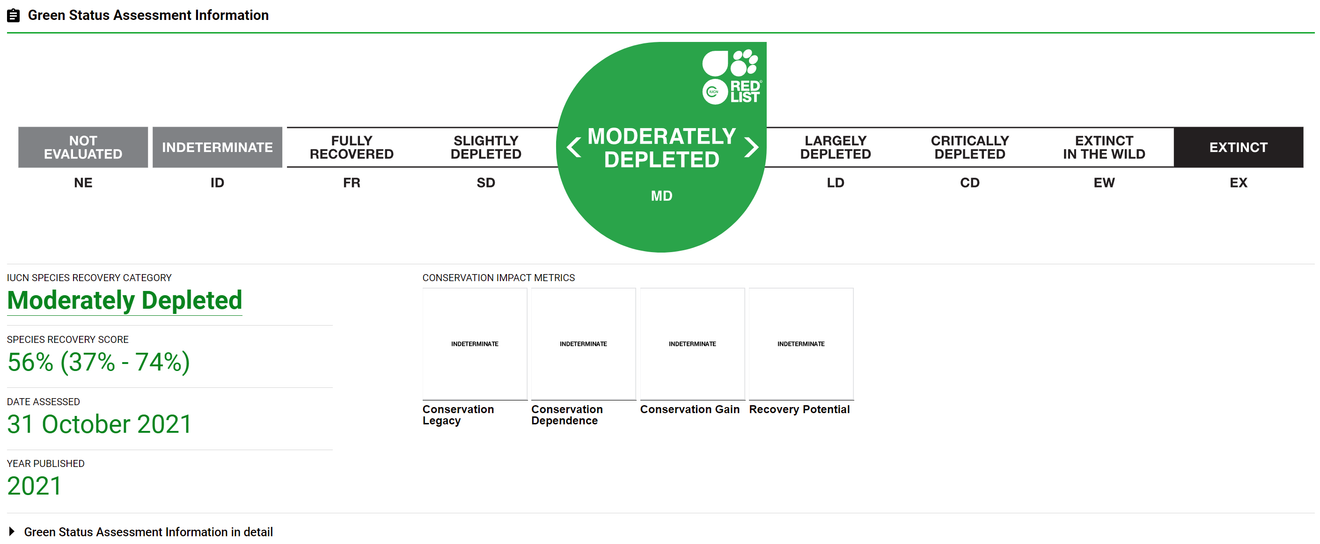
IUCN
This green indicator, seen only in some species, is a newly added indicator by the IUCN. Called the 'Green Status Assessment Information', this indicator shows how much the species has recovered compared to the past. It is expected that the IUCN's ability to manage endangered species will be further enhanced through this new indicator.
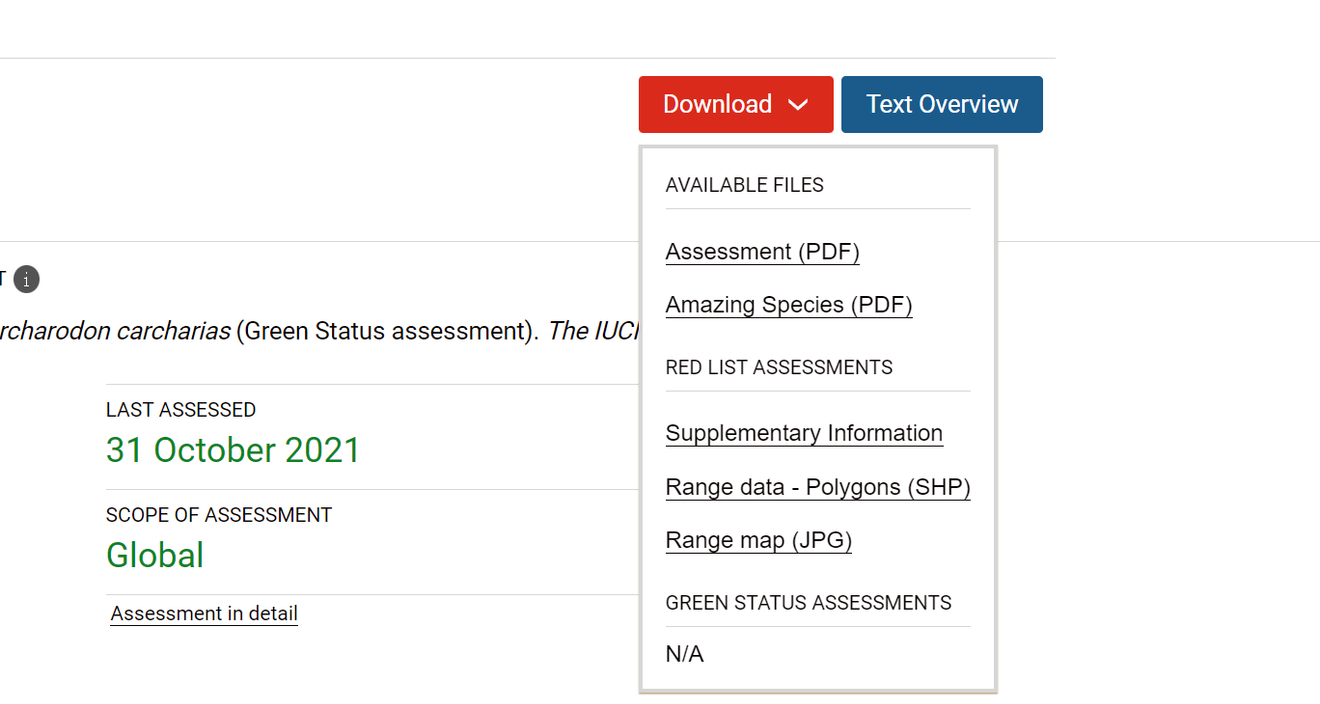
IUCN
The IUCN also provides PDF files containing more detailed information on endangered species, including the information shown on the site.
Most endangered species have experienced sharp population declines in the past 100 years, and they have been driven to the brink of extinction by human activities such as habitat destruction and poaching. To prevent the emergence of more endangered species in the future, we need everyone's continued attention. Why not start with the simple act of exploring the Red List?

Comments0